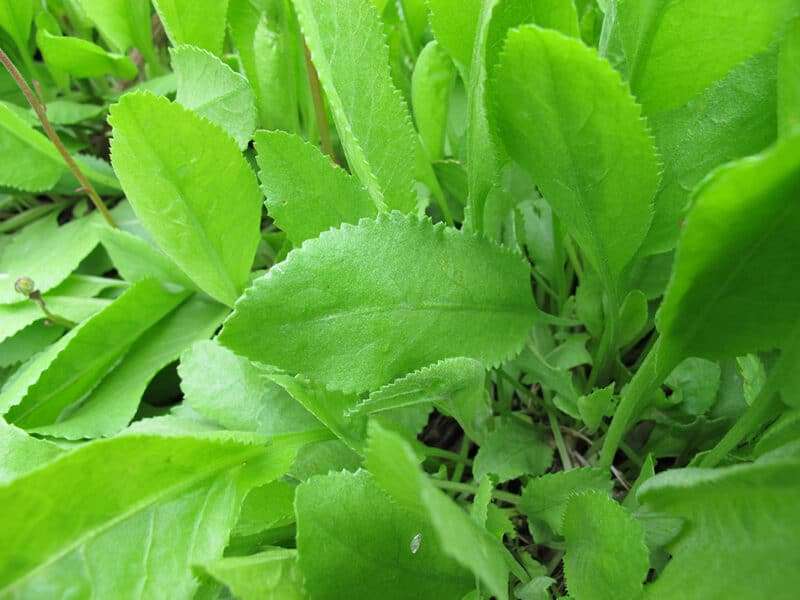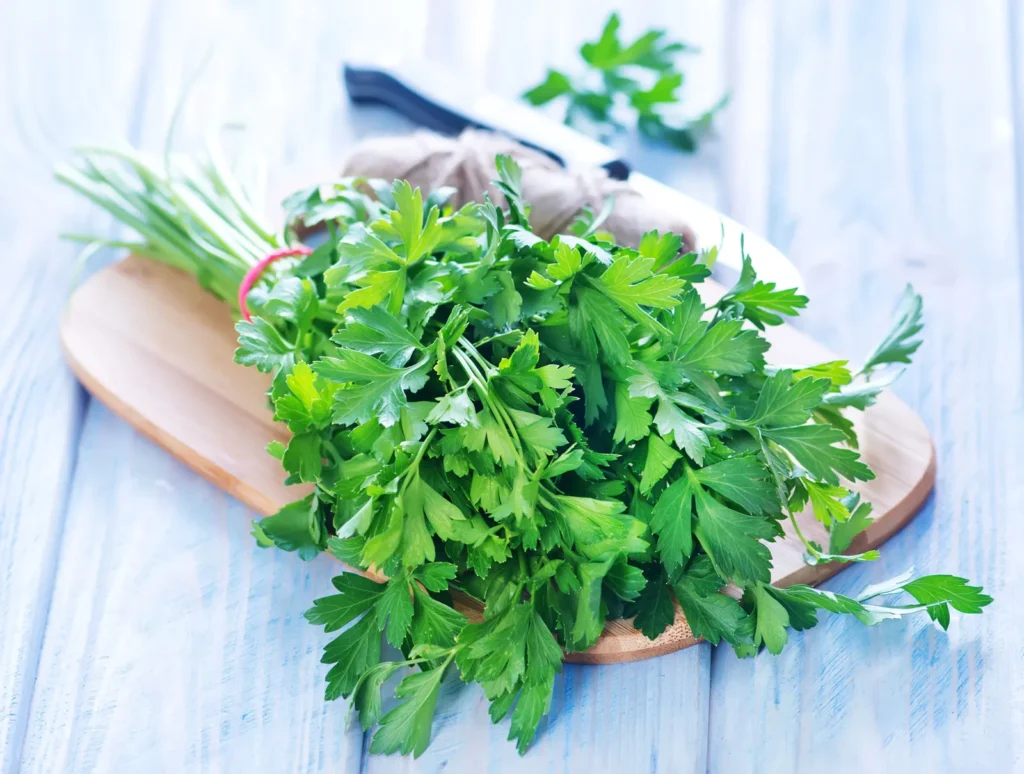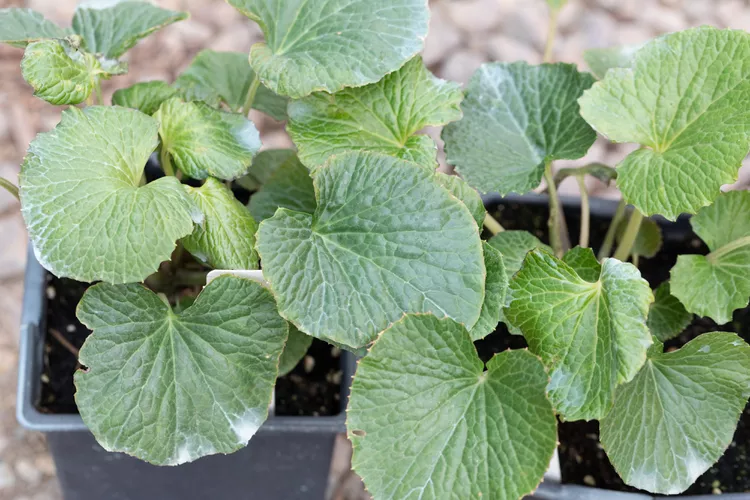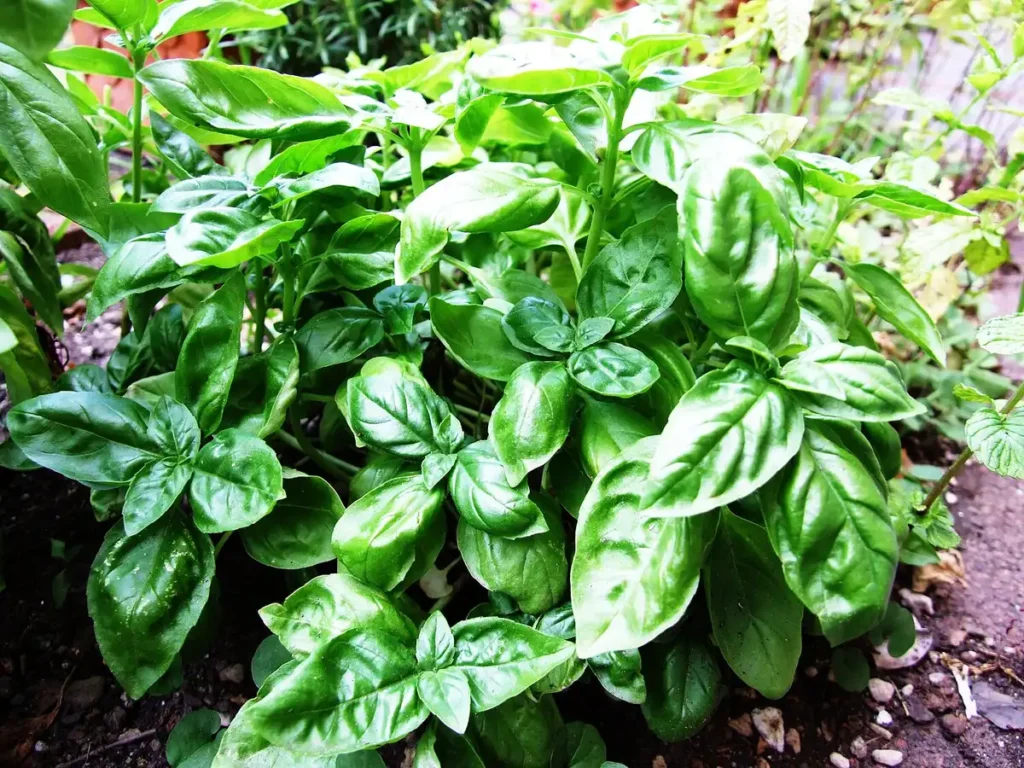
Description
An aromatic perennial herb belonging to the aster family (Asteraceae), costmary (Tanacetum balsamita) with yellow button-shaped blooms. The oval-serrated leaves of the perennial costmary can reach a height of up to 2 meters (6.6 feet). It displays tiny, button-shaped, yellow flowers in the summer that grow in bunches.
Habitat
The plant is indigenous to Western Asia and Southern Europe.
Uses
Its leaves, which are bitter and slightly lemony, can be added to salads or used either fresh or dried as a flavoring, especially for English ale and fowl as well as meats. Additionally, the dried leaves are used in potpourri and as a tea.

Plant Care
- This herb prefers moist but not soggy ground. Water it whenever the growing media seems a little bit dry, but not too frequently that it becomes soggy. Try to do so a few times a week, but during extremely hot and dry weather, raise the frequency.
- This plant doesn’t require any fertilizer. Try to keep it alongside other leafy greens if you’re growing it with other plants. A little more nitrogen here and there can help it, but too much phosphorus will encourage more flowers than you want.
- Costmary prefers well-drained, pH-neutral soil that is rich in humus. To help with drainage, incorporate some sand or perlite into the soil—and considerably more if you’re planting in a container. By doing this, the soil will not compact. Grow these inside in a bright area after planting them in potting soil and giving them plenty of water. As they establish their root systems, make sure they receive all the sunlight they require and keep them continuously moist.
- When they begin to generate new leaves, gently harden these off. Then, move them into your garden beds or outdoor pots when they appear ready to survive outside.
Table





